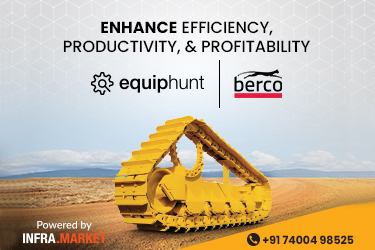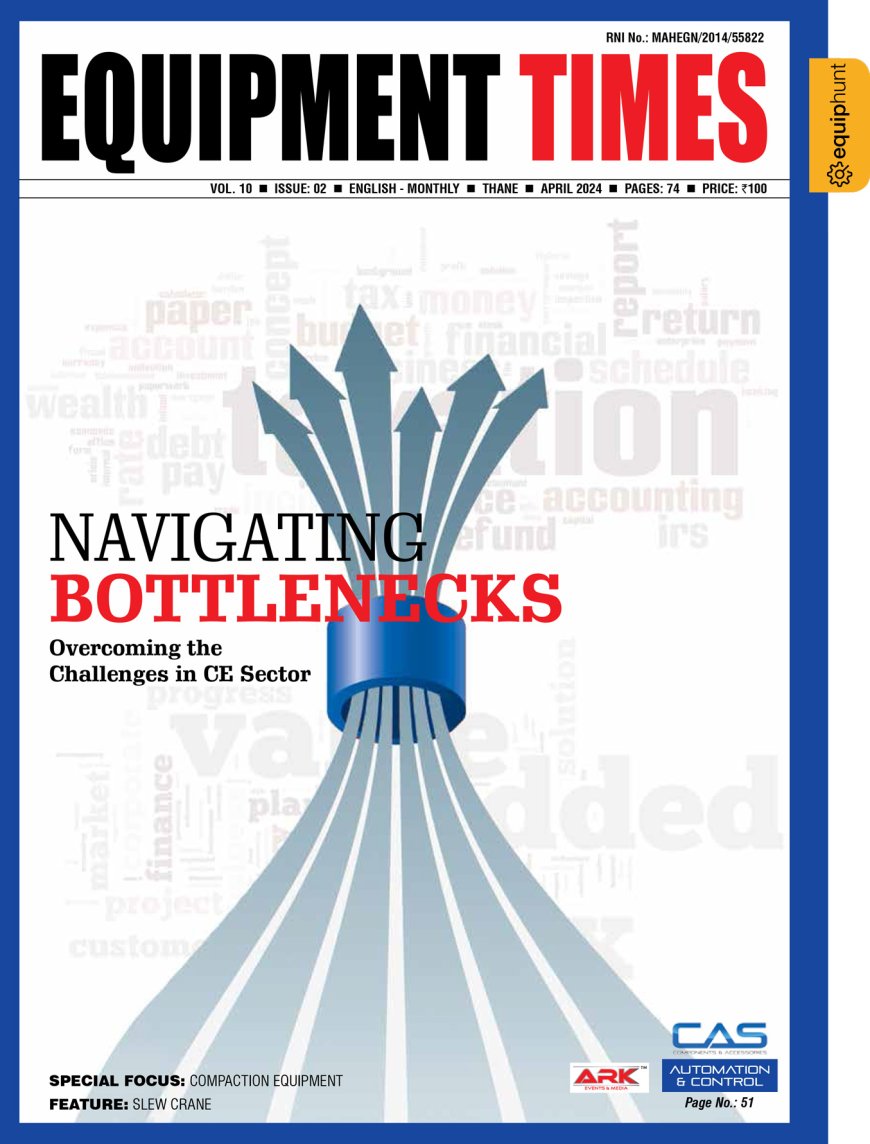Case India CASE India is adopting Lean manufacturing and Industry 4.0 automation.
Ajay Aneja, Brand Leader, CASE India. We envision infusing telematics, clouding computing and data analytics. CE industry has started focussing on 3D printing, artificial intelligence and advanced techniques. Technologies like Telematics; and AI have revamped the project execution
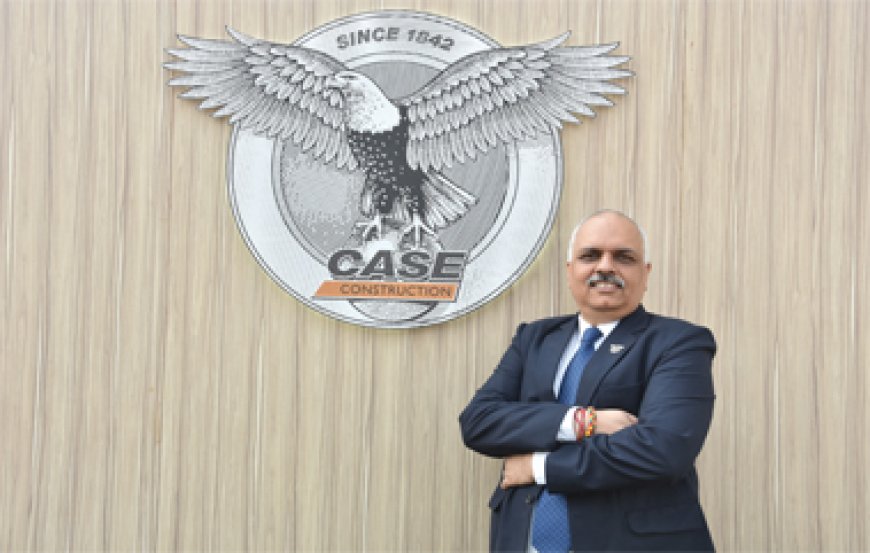
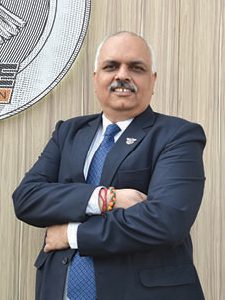 Ajay Aneja,
Ajay Aneja,
Brand Leader,
CASE India.
We envision infusing telematics, clouding computing and data analytics.
CE industry has started focussing on 3D printing, artificial intelligence and advanced techniques. Technologies like Telematics; and AI have revamped the project execution in construction and infrastructure space, says Ajay Aneja
Brand Leader ,CASE India Excerpts from the interview
How positively latest technologies like big data and telematics have been redefining the construction / infrastructure space?
The significant shift in adoption of technology has resulted in increasingly ‘smarter’ and more efficient machines. Technologies like Telematics; AI has revamped the project execution in construction and infrastructure space.
With a support of technology which helps in providing relay information to the operator, alerts about the geographical conditions of the machine, pre-emptive measurers to avoid downtime of the machine – increasing lifecycle have helped construction sector to redefine and foray into a more advanced era.
Some of the key future trends towards a smart, data-driven and responsible construction ecosystem are virtual reality and augmented reality, drones, robotics (Advanced used of GPS), construction software and data ecosystem and others. CASE India is taking this advancement very seriously and adopting practices like lean manufacturing, industry 4.0 automation to tackle the upcoming challenges.
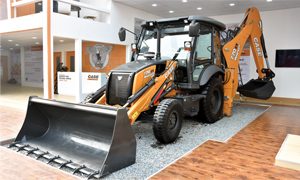
What is the customer expectation from big data analytics / telematics service from various end-user segments?
Customer expects better outcome with advanced technology. Technology contributes towards increasing engine efficiency, better productivity and uptime of the machine; saving time and reduced human efforts.
Could you spell out the vision of Case India in imbibing and leveraging the advantages of digital platforms?
At CASE India, we believe that quicker adoption of newer technologies leads to faster development. We envision infusing telematics, clouding computing and data analytics for controlled security, data storage ease and smooth processing of the machines.
With the adoption of these digital platforms, complex machines become more accessible and understandable. It reduces labour work and makes the operators familiar with newer technologies. Strategy behind these technologies is simply to reduce human efforts and hence human error, which in turn makes the machine more automated. Adhering to these similar practice, CE industry has also started focussing on 3D printing, artificial intelligence and advanced techniques.
All of these technologies together suffice the expectations of Industry 4.0 manufacturing setup which, in future will help the CE industry to grow on a macro level.
Could you give couple of examples from any of your product range where telematics have brought a transformational value to the end-user / industry?
Our PRO loader backhoe series is embedded with Telematics solution for better operational security. Our advanced Eagle-Eye-Telematics solution is a real time vehicle tracking system equipped with unique ‘geofencing’ feature which assists in keeping a track of the machine. This asset monitoring system gives the freedom of machine monitoring and remote diagnostic alerts at the click of a button on a mobile or desktop computer. This solution helps in alerting the user about any kind of theft or unauthorized use of the machine along with device tempering alerts. For example: the fuel tank is empty or the machine is working far away from its prescribed geographic area it automatically sends a message regarding the same to the concerned person hence controlling the overall activity of a machine.
What is the impact of these technologies on safety of men and machines?
These technologies are embedded in the machines to enhance the overall operational efficiency, security and safety. IoT, AI and pre-sensored technologies alert you prior to any damage or breakdown in the machine. These alerts ensure machine safety, saves it from long term / heavy damage and overhead expenditure of the machine. The infused technologies with pre-alerting indications also add to the operator safety. For example: Telematics in construction equipment helps with critical parameters alerts, vehicle tracking, productivity and preventive maintenance of the machine.
How these technologies help enhancing the productivity thereby lowering the TCO?
Total cost of ownership is an analysis that places a single value on the complete lifecycle cost of the machine. These technology integrated machines with better interface and output will help increase the uptime of the machine. Uptime and productivity both are very crucial drivers of the machines. Increased uptime with the help of desired technological parameters will ultimately increase the life cycle of the equipment there by cutting down miscellaneous expenses and TCO.
At CASE India, we have adopted practices like regular repair and maintenance, something that has a prominent effect on the industry. If a machine is repaired when the wear starts, it might cost less hence saving the time and money. We believe that technologies like our ‘Eagle Eye Telematics’ allow owners / operators to tackle this problem head on. In relation to equipment monitoring and repair, sensors can enable machinery to detect and communicate maintenance requirements, send automated alerts for preventive maintenance, compile usage, maintain data and increase efficiency by remotely monitoring
fuel consumption.
What do you think the major challenges when it comes to adopting the digital platforms in terms of design of machine, and acceptance level of end-user segments?
Design thinking plays a pivotal role. Adoption of technological platforms like 3D printing and augmented reality software for precision in designing is a major challenge compared to pen and paper scaling. A mix of IoT and advanced data analytics to provide data in designing will give better insights that could provide real time feedback.
End-user segments include the project manager, contractor, staff workers at the site and the operator. Proper training and understanding of the staff is imperative to operate the machines. This practice may take some time but with proper training sessions by specialised team, it may increase the chances of acceptance for end-user segments.
This shift from traditional methods and acceptance in adoption of software technology comes as a challenge to
the users.
What are the major challenges especially in terms of data privacy etc?
Penetration of technology has redefined the way we look at the construction industry now. Technology today is pervasive, having a major drawback of uncontrolled mechanism and open source data. It is imperative to realise that the technological advancements are inevitable, necessary for industry and overall growth of the country.
We at CASE India understand that technology will behave as we want it to behave. We should take more precautious actions focussing on streamlining the process with the help of technology, not letting technology overpower.
Hits: 95





